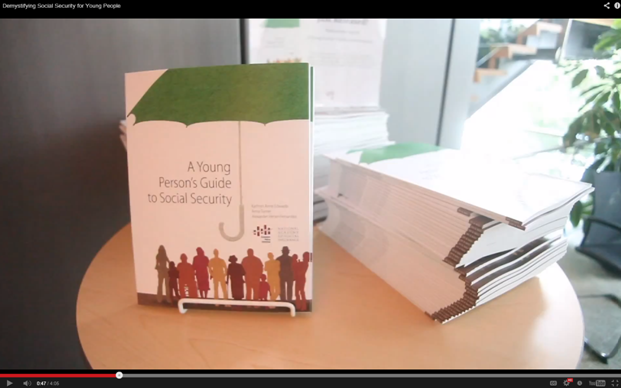"The Affordable Care Act in an Economy with Federal Disability Insurance"
YUE LI, National Bureau of Economic Research (NBER)
Email: liyue01@gmail.com
This paper examines the effects of the Affordable Care Act (ACA) by considering a dynamic interaction between extending health insurance coverage and the demand for federal disability insurance. This paper extends the Bewley-Huggett-Aiyagari incomplete markets model by endogenizing health accumulation and disability decisions. The model suggests that the ACA will reduce the fraction of working-age people receiving disability benefits by 1 percentage point. In turn, the changes associated with disability decisions will help fund 47 percent of the ACA's cost. Last, compared to the ACA, an alternative plan without Medicaid expansion will reduce tax burdens and improve welfare.
"Economic Analysis of Social Security Survivors Benefits"
YUE LI, National Bureau of Economic Research (NBER)
Email: liyue01@gmail.com
This paper analyzes the impacts of social security survivors benefits, a program that has received little attention in the literature. Survivors benefits help insure against mortality differences within and across cohorts in addition to the uncertainties of income and family structures. The risk spreading provided by survivors benefits, however, is funded via taxes that distort individual decisions. To capture the trade-off, this paper designs and calibrates a dynamic model, in which mortality rates are negatively correlated with income. The model suggests that removing dependent children benefits generates ex-ante utility losses, but removing aged spousal benefits produces ex-ante utility gains.
"Valuation and Risk Assessment of Disability Insurance using a Discrete Time Trivariate Markov Renewal Reward Process"
Insurance: Mathematics and Economics, Vol. 53, 2013
ALEXANDER MAEGEBIER, University of Erlangen-Nuremberg - Department of Insurance Economics and Risk Management
Email: alexander.maegebier@fau.de
In disability insurance, the impact of the duration since the inception of disability on future recovery and mortality rates has been modeled by bivariate Markov renewal processes and the associated semi-Markov process, but these processes do not incorporate potential dependences between the durations in two successive states. Thus, the aim of this paper is to introduce a discrete time trivariate Markov renewal reward model, an associated formula for higher moments and a corresponding simulation that include the potential dependence between the durations, i.e. the inter-arrival times, in two successive states. The proposed model is compared with two alternative models that do not include this dependence.
"The Cost-Savings of Expanding Medicaid Eligibility to Include Currently Uninsured Homeless Adults with Substance Use Disorders"
Journal of Behavioral Health Services & Research 41.2 (2014): 110-124
JULIA ZUR, George Washington University
Email: jzur@gwu.email.edu
RAMIN MOJTABAI, Johns Hopkins University
Email: rmojtaba@jhsph.edu
SUHUI LI, George Washington University
Email: suhuili@gwu.edu
Following the June 2012 Supreme Court ruling that states are no longer mandated to expand their Medicaid programs in 2014 as part of the Affordable Care Act, many states plan to opt out of the expansion, citing affordability as their primary concern. In response to this controversy, the present study evaluated the cost savings of expanding Medicaid coverage to include currently ineligible homeless adults with substance use disorders, a subset of the population that incurs some of the greatest societal costs and is disproportionately impacted by uninsurance. Using a time horizon of 7 years, separate analyses were conducted for state and federal governments, and then a final analysis evaluated the combined costs for the other two models. Results of the study demonstrate that, although the expansion will be associated with a net cost when combining state and federal expenses and savings, states will experience tremendous savings if they choose to participate.
Read more!











